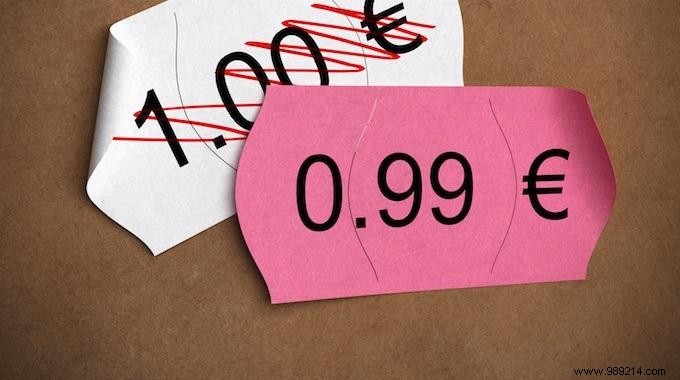
It's well known:stores have many tricks to get you to use.
A classic example:supermarkets always ensure that basic products (milk, bread) are at the back of the store...
While the products we don't need (chewing gum, candies) are always at the front of the store.
Stores have fully grasped consumer psychology — and they're using it to get you to buy more, and more.
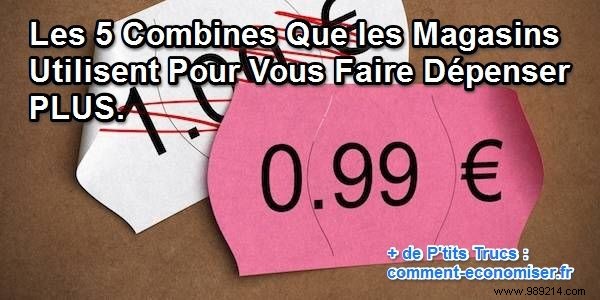
Here are the 5 tricks that stores use to make you believe that their prices are unbeatable:
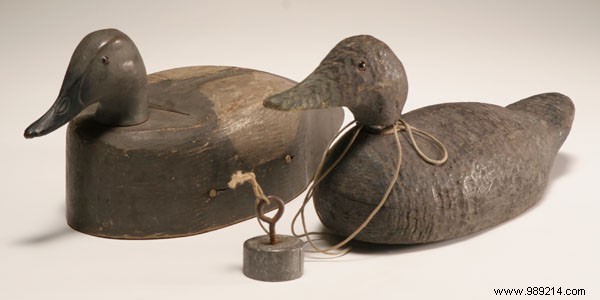
When stores, especially large retailers, offer a product at a high price, they know that it is unlikely to sell.
In reality, they use these more expensive products to lure you. Psychologically, they make cheaper products more appealing.
Basically, a "booster product" is a product that you are NOT going to buy. But this product will entice you to spend your money on another, cheaper product.
A concrete example:Darty's bread machine
Darty offered a bread machine for €279 — but that product didn't sell.
Thinking that consumers wanted a more sophisticated bread machine, Darty therefore chose to offer another model.
This model was bigger, and much more expensive — at €429.
The result of this strategy was surprising:sales of the more luxurious model were disastrous.
But on the other hand, the less expensive bread machine sold like hotcakes!
This is the trick of the product-decoy. When Darty offered a single model at €279, it didn't sell.
But as soon as they offered a $429 bread maker (with few extra features), the $279 bread maker became a bargain!
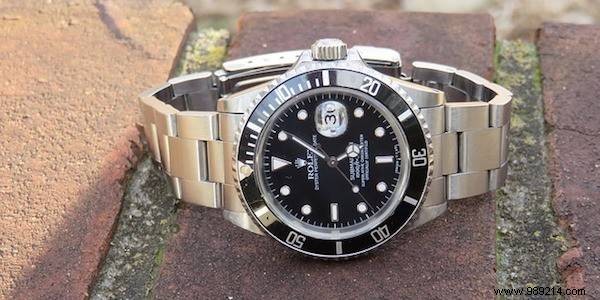
Conversely, there are other people who consistently buy the most expensive product.
Some consumers are attached to their social status. Consequently, they are ready to pay a high price for a product — as soon as this product affirms their social superiority.
This is often the case with designer clothes, luxury cars, jewelry, and technological products such as, for example, Apple products.
This is called the snobbery effect or "Veblen effect".
Department stores know very well how to take advantage of this psychology:this is why they greatly increase their margins on luxury products.
They have understood that, for some people, buying a luxury product is a way of ostensibly presenting a "high social rank".
These people have the impression of buying a product that few people can afford.
The result ? Even more sales for stores!
A concrete example:Rolex watches
Did you know that it was only when Rolex RAISE the prices of its watches that sales started to explode?
For the consumer, the high price of these watches makes them all worthwhile.
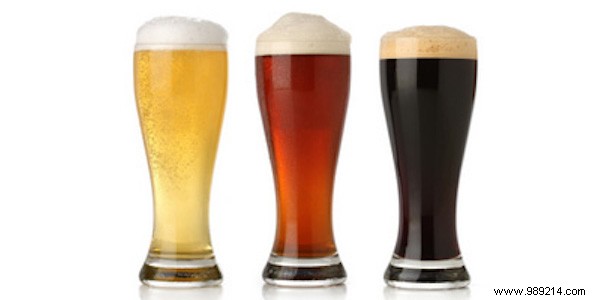
Most consumers avoid the cheapest products.
For these people, a low price equals a poor quality product. They also fear coming across as stingy people.
But that does not mean that these consumers will choose the most expensive product (unless the snobbery effect acts on them).
Stores know how to exploit this peculiarity of consumer psychology.
So when the stores really want to increase sales of a product, the big brands sell it at an intermediate price.
A concrete example:3 choices of beer
In his book Priceless (on consumer psychology), William Poundstone proposed 2 varieties of beer to consumers.
They had a choice of a premium beer for €2.50 or a less expensive beer for €1.80.
80% of the participants chose the most expensive beer, at €2.50.
Then, Poundstone offered a third beer, even cheaper — at €1.60.
There, 80% of consumers chose the €1.80 beer. The other 20% bought the beer for €2.50.
Nobody bought the cheapest beer!
Finally, Poundstone removed the €1.60 beer and replaced it with a super premium beer, €3.40.
Once again, the majority of consumers chose the middle product:the €2.50 beer.
The result is surprising:few people choose the cheapest product (beer at €1.80).
And about 10% of people choose the most expensive product (the super premium beer at €3.40).
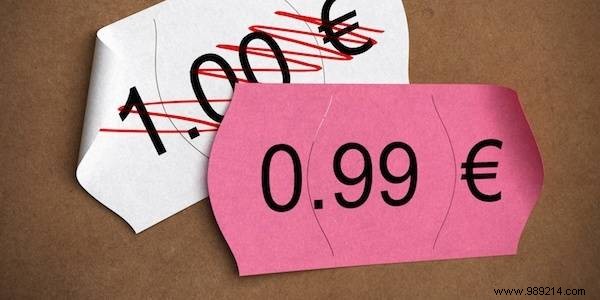
Several studies have been conducted on products whose price ends in a 9:€1.99, €2.49, etc.
The results are clear:prices that end with this magic number systematically increase sales — up to 24%.
A concrete example:the study of sales catalogs
In one study, researchers printed a sales catalog in three different versions.
The only difference between these catalogs was the prices of the products. According to the catalog, the same product was offered either at €34, €39 or €44.
The result ? The €39 product is the best-selling product!
Even if a product is cheaper, it sells less well if it does not end with a 9.
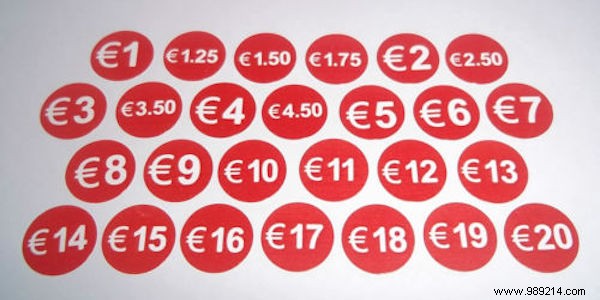
For big brands, the best way to manipulate you is sales, discounts and crossed out prices.
Indeed, people love to get a bargain.
Many times, consumers spend their money ONLY because an item is on sale.
A concrete example:crossed out prices in clothing stores
Here is a fairly common technique from clothing stores.
Let's imagine a jacket sold at the initial price of €150.
To sell this product faster, the store will cross out the initial price of €150 on the 1st label and will add a 2nd label next to it with a price of €99 in red color.
As a result, the consumer will see the crossed out price of €150 and his eyes will be drawn to the new price of €99 in red.
Right away, he'll think it's a "good deal" and he'll find it hard to resist.